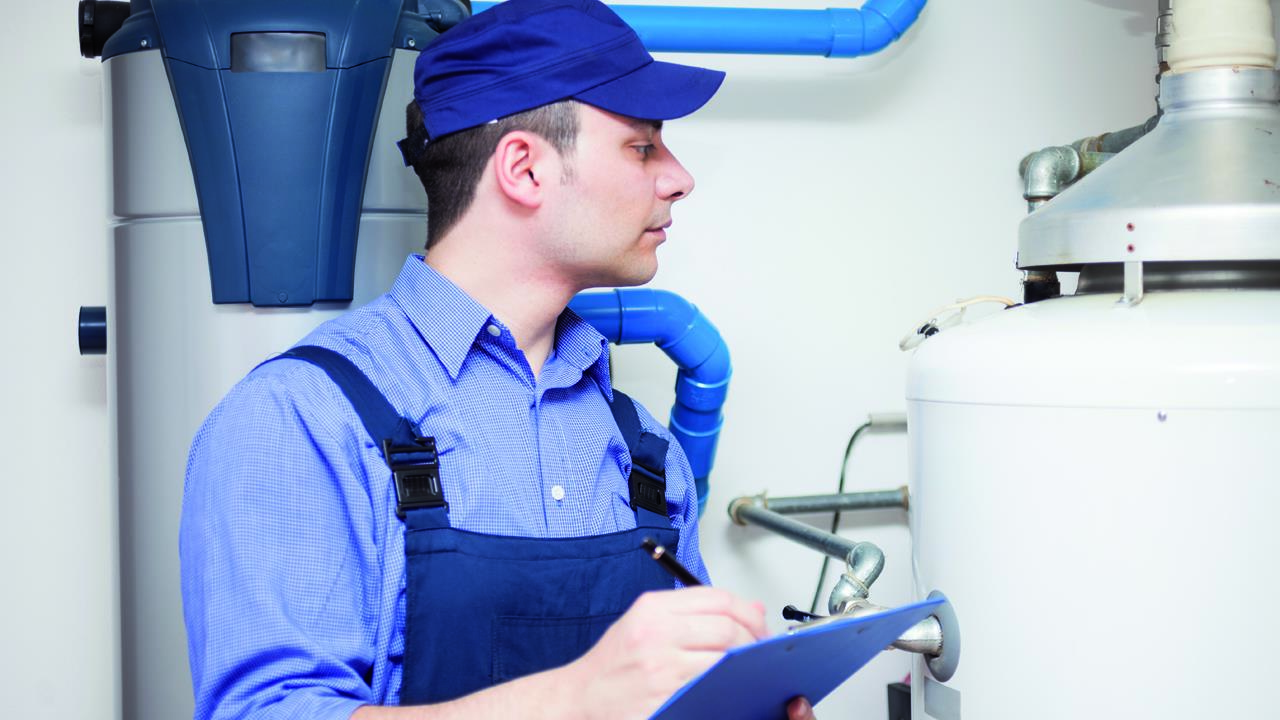


Isaac Occhipinti, Head of External Affairs at the Hot Water Association, explains why it’s so important to communicate the value of cylinder servicing to consumers.
Servicing is a topic that crops up almost on a daily basis. The difference between a full service and a safety check, what constitutes a full service? Press coverage hasn’t always painted our industry in the best light, which in the end makes it harder for the professional, accredited, and diligent registered engineer to cut through and raise awareness of the necessity and requirements of a proper heating and hot water system service.
Servicing is a widely misunderstood aspect of hot water cylinder ownership and maintenance. However, as most cylinders have common component parts, the Hot Water Association (HWA) identified that a guide which outlines agreed industry standards, founded on technical competence, legislative compliance, and consumer protection seemed a sensible approach to raising standards, while also demonstrating to the consumer the industry’s commitment to quality.
Earlier this year, the HWA produced the Unvented Hot Water Storage Cylinder Servicing Guide, with input from manufacturers to guide consumers and engineers and encourage best practice in the vital annual servicing of modern cylinders. It does, of course, focus on compliance with legal requirements and ensures essential appliance checks, tests and servicing tasks are correctly carried out in a safe manner.
It also aims to educate consumers on the standards they should expect and details a list of the steps engineers should take when they visit a customer’s home. It includes a 14-point servicing checklist, covering everything from having the manufacturers’ instructions for the cylinder available, to completing the Benchmark service record, or equivalent Commissioning Certificate Service Record.
So why is consumer education of servicing important? Well, for a start, education is important for transparency as it helps to drive home to the consumer the importance of regular servicing and maintenance. The greater their understanding of their hot water system and the potential risks involved in not maintaining it, the greater the chance that they will book you, the engineer, to service it year on year.
Take a moment to compare hot water cylinders to other household appliances – washing machines and kettles, for example. Descaling and maintenance of these everyday appliances is a given in many homes (if it’s not, don’t accept a cup of tea). The obvious difference being the visual reminders such as scale in the water and soap residue in the washing machine drawer, so there is consumer understanding of the need to maintain these appliances. And homeowners accept the associated costs involved with care and maintenance.
Tucked away in a cupboard somewhere, the hot water cylinder often goes unnoticed. As long as it is performing, it is rarely given any thought. Industry understands the importance of regular servicing, and it is our responsibility to pass that on to homeowners.
Consumer awareness of what to expect from a cylinder service also assists with the message that the cheapest quote isn’t always the best. By ‘checking off’ the minimum service standards, consumers can identify if anything is missing from a quote or, indeed, added in unnecessarily.
As a consumer, it is reasonable to assume when procuring a service of your heating and hot water system that different providers will all offer a similar, standardised, thorough high-quality service. But do they know what should be included in a proper job? And how can consumers, especially those who might not have any knowledge of the industry, be sure they are receiving what they should? Without a simple to understand reference guide they won’t, hence its conception.
It’s not a prescriptive list, but could that ever be achieved? The guide provides an agreed industry framework. Professional, accredited engineers are best placed to identify what each individual job requires, and the manufacturer will also detail specific procedures necessary for the particular model of cylinder as well.
If you'd like to keep up-to-date with the latest developments in the heating and plumbing industry, why not subscribe to our weekly newsletters? Just click the button below and you can ensure all the latest industry news and new product information lands in your inbox every week.